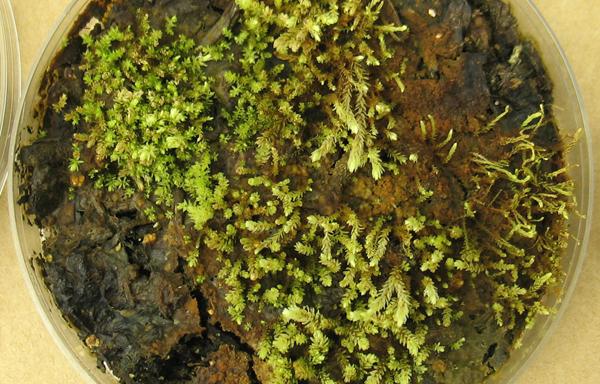The Invincible Mould
If you thought Superman was tough, wait till you hear about this mould!
In this week’s When Science Fiction Becomes Reality, I’m looking at an amazing mould which has been collected from Sverdrup Pass, Canada. This mould has been trapped under a glacier for over 400 years and yet plant it in some fertilizer and give it some water and BANG healthy new mould starts to grow.

At least, that’s what these researchers have found. This particular mould (or bryophyte), was lying dormant for all of those years until it was given the right conditions and essentially came out of hibernation.
Bryophytes are extremely good at surviving, in fact, any one of their cells can act as a ‘stem cell’ and grow into a complete organism. Bryophytes are also capable of controlling water content and therefore can go into hibernation when conditions are unfavourable (such as when they are crushed by a glacier), and then come back to life when conditions become more favourable (fertilizer + water).
Now you may not think re-born mould is very exciting but think about the implications. It has been assumed that after the ice-age, when the glaciers retreated that all of the land left behind was essentially barren. But wait! There was more than likely mould, living on, which sprang back to life once the glaciers retreated. What could this mean for plant evolution? Or re-population of the ‘barren’ landscape?
Now looking to the future, what could these moulds mean for the future of the Earth (whether real or science fiction). Let’s say disaster strikes (for whatever reason) and all life as we know it is wiped out. You may think that the Earth will remain as a barren wasteland, but, I propose that little bryophytes will live on, protected by the glaciers. As temperatures change the glaciers will move and some of these moulds will be freed. From there it is a simple process for them to spread and re-populate the earth; essentially starting evolution all over again (albeit a few million years ahead of schedule- no need to gather those self-replicating molecules again).
What other ancient organisms (or dare I say creatures), might be hidden in the ice waiting to come out? Could the future of Earth contain nothing more than a mould take-over?
Tell me your thoughts below, and don’t forget to join my mailing list so that you can be notified about each exciting episode of When Science Fiction Becomes Reality.
Read the Study here: http://dx.doi.org/10.1073/pnas.1304199110

Leave a Reply